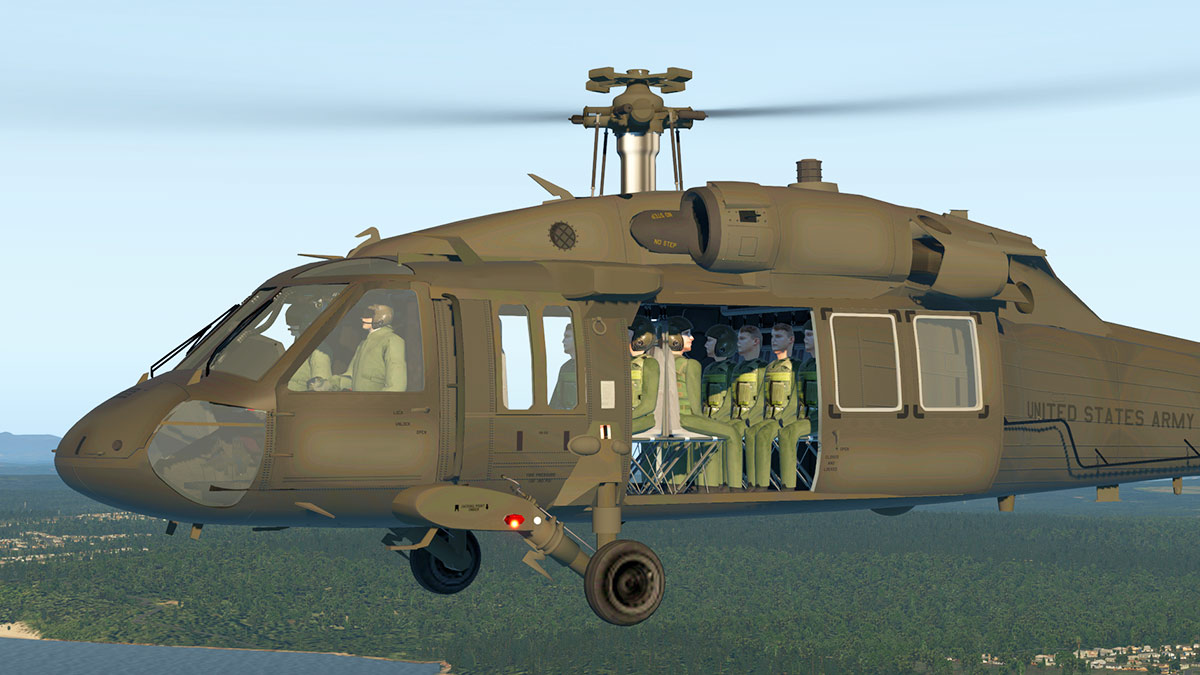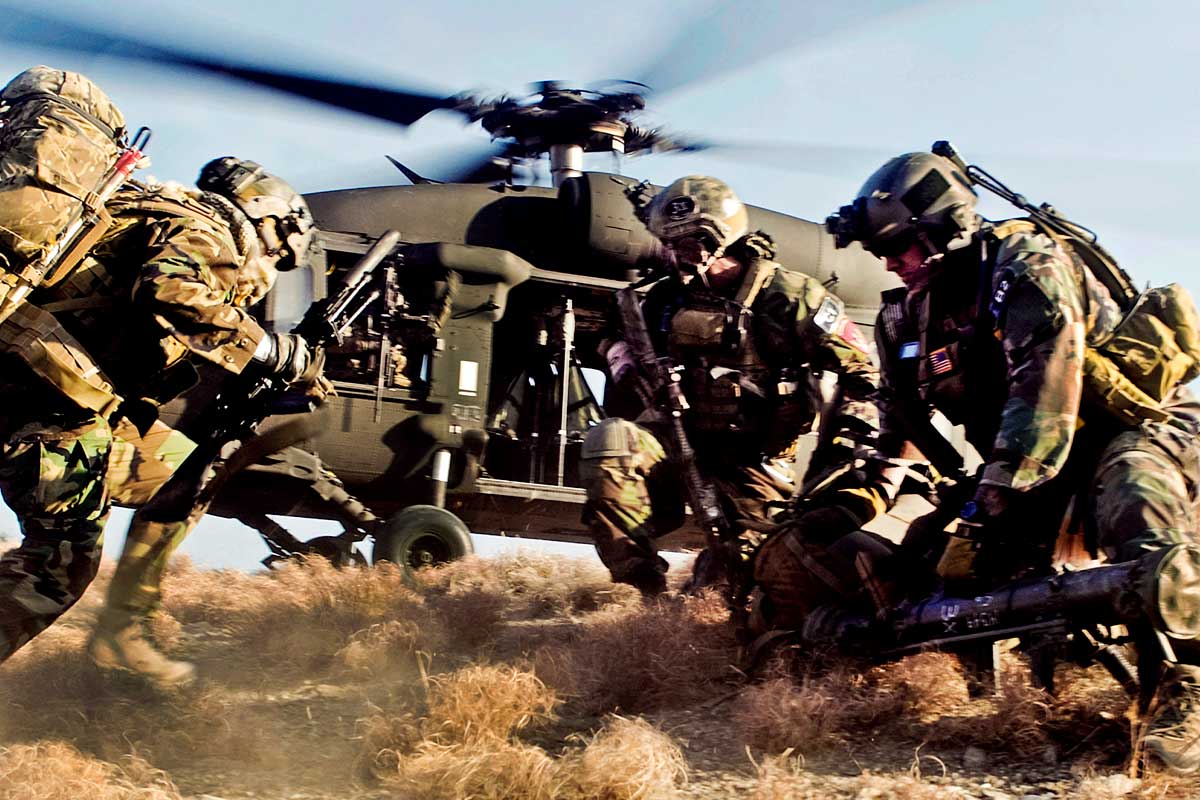A Comprehensive Guide to the Maintenance and Care of Airplane for Longevity
The durability of an airplane hinges dramatically on its upkeep and treatment, necessitating a structured strategy to ensure optimum performance and safety and security. Understanding the ins and outs of these practices can be intricate; as a result, it is essential to explore the crucial components that contribute to efficient airplane care and the implications of ignoring these responsibilities.
Value of Normal Upkeep
Normal upkeep is essential for the safety, performance, and durability of aircraft. A systematic method to upkeep guarantees that all parts operate efficiently, thus minimizing the danger of mechanical failure during operation. Regular inspections and servicing enable professionals to determine potential issues before they intensify right into significant troubles, making sure that the aircraft stays in compliance with aeronautics regulations.
Furthermore, maintaining an aircraft according to the supplier's guidelines is vital for preserving its worth. A well-documented maintenance background can boost resale potential customers and instill self-confidence in prospective customers. Additionally, routine maintenance adds to operational efficiency, as it assists to maximize fuel intake and efficiency metrics, bring about set you back financial savings over time.
Moreover, normal upkeep adds to the overall security of trip procedures (uh 60). By addressing wear and tear immediately, drivers can alleviate threats associated with aging aircraft systems. This positive technique not only secures the lives of guests and staff but additionally safeguards the aircraft itself against devastating failures

Daily Assessment Checklist
How can pilots and upkeep staffs make sure the aircraft is in optimum condition before each flight? The solution hinges on an extensive day-to-day assessment checklist, which offers as a vital protocol to determine potential concerns that might compromise safety and security and performance. This list must encompass numerous essential locations, including exterior and indoor assessments, as well as functional checks of vital systems.
Beginning with the outside, staffs ought to assess the airframe for any type of noticeable damages, leaks, or indications of rust. Attention needs to be paid to regulate surfaces, landing equipment, and the condition of tires. Relocating to the interior, the staff needs to confirm that all controls and instruments are functional, making certain that electronic systems are functioning appropriately.

In addition to architectural checks, it is necessary to evaluate fuel levels and confirm that all called for documents, consisting of enrollment and weight and equilibrium details, are up to day. A review of emergency devices, including life vests and fire extinguishers, need to be carried out to guarantee compliance with security laws. By vigilantly following this daily evaluation list, pilots and maintenance crews can significantly boost the safety and reliability of their airplane.
Scheduled Upkeep Programs
Set up upkeep programs are essential for the lasting safety and efficiency of airplane operations. These programs are created to ensure that all airplane components undergo regular assessments, maintenance, and required fixings at fixed intervals. By sticking to an organized upkeep schedule, drivers can substantially decrease the danger of in-flight failures, improve aircraft integrity, and expand the life expectancy of important elements.
Commonly, arranged maintenance is categorized right into various degrees, consisting of A, D, b, and c checks, each with unique needs and thoroughness. A checks are normally more regular and focus on fundamental visual examinations and small repair services, while D checks are much more extensive and take place much less regularly, including comprehensive disassembly and overhaul of the aircraft.
Regulative bodies, such as the FAA and EASA, mandate compliance with particular maintenance routines based upon airplane type and usage. Operators should keep meticulous records of all upkeep executed to show conformity and promote examinations. The integration of anticipating maintenance technologies can additionally improve the effectiveness of scheduled programs by recognizing prospective problems prior to they rise, consequently guaranteeing that aircraft stay in optimum problem and ready for safe procedures.
Look After Aircraft Interiors
Looking after aircraft insides is critical not just for traveler comfort however also for keeping the general worth and safety of the aircraft. Regular cleaning and maintenance of the interior elements add significantly to a favorable flying experience while preserving the airplane's visual charm.
To make certain optimal care, it is vital to establish a routine cleaning routine that includes vacuuming carpetings, cleaning down surfaces, and disinfecting high-touch locations. Furniture and seating need to be examined for visit the site wear and tear, with any type of damages promptly dealt with to avoid further deterioration. Furthermore, focus needs to be provided to the galley and lavatory locations, which require thorough cleansing and restocking of supplies to preserve health.
In addition, the use of proper cleaner is essential; severe chemicals can harm surfaces and products, so it is advisable to utilize products especially made for airplane insides. Regular evaluations ought to also be carried out to recognize any kind of maintenance requires, such as changing damaged seat covers or repairing window shades. By prioritizing the treatment of airplane insides, drivers can boost the general guest experience and protect the investment in their aircraft.
Recognizing Governing Compliance
Regulatory compliance is a necessary facet of aircraft upkeep, commonly needing drivers to adhere to a complex framework of neighborhood, nationwide, and global criteria. This structure is primarily established by aviation governing bodies such as the Federal Air Travel Management (FAA) in the USA and the European Union Aviation Safety Company (EASA) in Europe - uh 60. These companies establish forth regulations that govern numerous elements of aircraft upkeep, including airworthiness, safety and security protocols, and functional procedures

Furthermore, drivers must stay notified regarding adjustments in laws and join training programs to make sure that their team is knowledgeable about conformity requirements. Failure to abide by these regulations can result in severe penalties, including penalties, grounding of airplane, or loss of qualification. Understanding and sticking to governing compliance is critical for the durability and security of aircraft procedures.
Conclusion
In conclusion, the maintenance and care of aircraft are paramount for making sure durability, security, and operational efficiency (uh 60). Regular inspections, adherence to daily lists, and systematic maintenance programs help with the very early recognition of prospective problems. Furthermore, interest to the aircraft's inside and conformity with regulative standards considerably contribute to maintaining its worth. By implementing these techniques, drivers can improve the overall experience for passengers while protecting the financial investment in air travel properties.
The longevity of an airplane hinges substantially on its upkeep and treatment, necessitating an organized strategy to make certain ideal efficiency and security. By vigilantly following this day-to-day evaluation list, pilots and maintenance staffs can considerably enhance the safety and security and dependability of their aircraft.
These programs are made to guarantee that all airplane components undergo routine examinations, upkeep, and necessary repair services at predetermined intervals. By prioritizing the treatment of aircraft insides, operators can improve the total traveler experience and secure the investment in their airplane.
In final thought, the maintenance and treatment of aircraft are critical for making her response certain longevity, safety, and functional performance.
Comments on “Upkeep and Maintenance for UH 60 Helicopters”